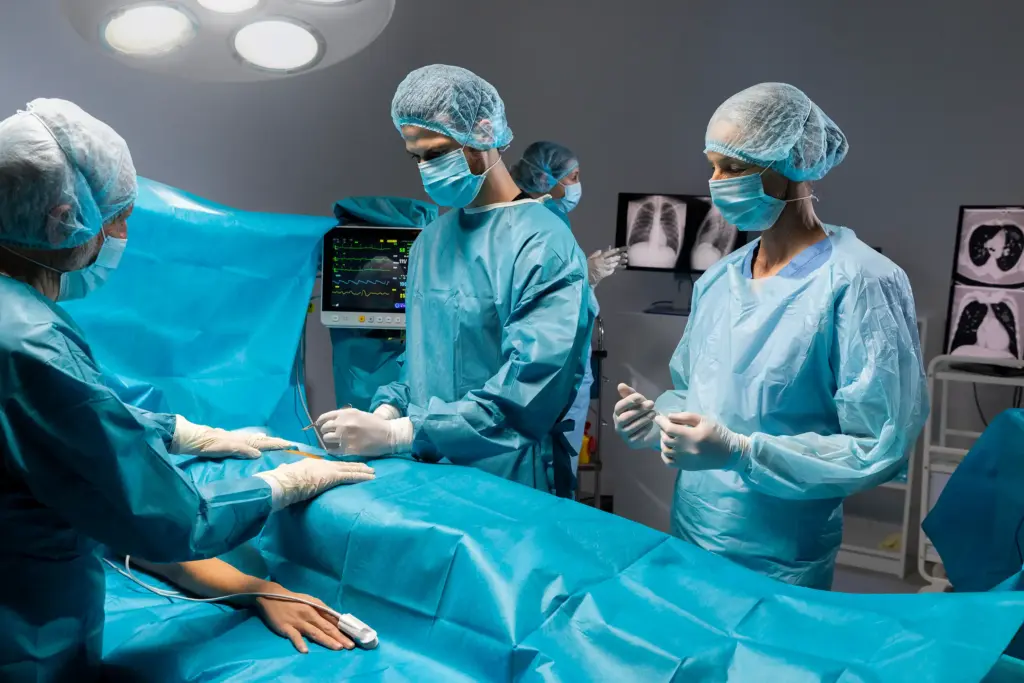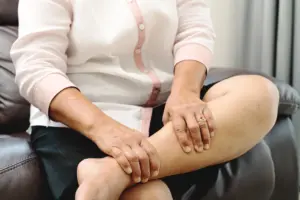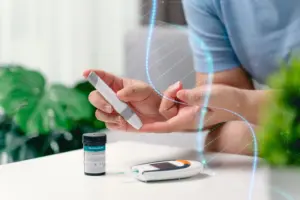
Dr Tejendra Ramani (Interventional Radiologist)
Imagine getting treated for a serious health condition without large incisions, long hospital stays, or major surgery. Thanks to advances in Interventional Radiology (IR), this is not just possible; it’s happening every day.
As a doctor working in this field, I often describe interventional radiology as “pinhole surgery guided by imaging.” It’s a medical speciality that uses real-time imaging (like ultrasound, CT scans, or fluoroscopy) to diagnose and treat a wide range of diseases through tiny incisions—often no bigger than a needle prick.
Let’s explore how interventional radiology is revolutionising the way we treat patients by making modern medicine less invasive and more effective.
Also Read | Our expert article: Dr Chavi Bhargava Sharma on why mental health matters
What Is Interventional Radiology?
Interventional Radiology (IR) involves image-guided, minimally invasive procedures that are both diagnostic and therapeutic. Instead of “open” surgery, IR uses thin tubes (catheters), wires, and needles inserted through the skin to reach deep into the body and treat the affected area.
These procedures are performed under local anaesthesia, often on a day-care basis, with minimal recovery time.
Conditions Treated by Interventional Radiology
Interventional radiology is used in nearly every field of medicine, including:
- Peripheral Vascular Disease / Diabetic Foot: Restoring blood flow in blocked leg arteries to save limbs and help diabetic ulcers heal faster.
- Varicose Veins & DVT: Minimally invasive treatment for swollen veins and blood clots to prevent serious complications.
- Stroke & Brain Vessel Procedures: Emergency clot removal for strokes and treatment of weak brain vessels (aneurysms) before rupture.
- Dialysis Access: Creating and repairing fistulas for dialysis without major surgery.
- Fibroid, Prostate, and Joint Embolisation: Shrinking uterine fibroids, improving urine flow for prostate enlargement, and easing arthritis pain.
- GI, Liver & Cancer Interventions: Stopping internal bleeding, treating liver tumours, and opening blocked bile ducts or food pipes.
- Aortic Interventions: Repairing aneurysms and tears in the body’s main artery with stent grafts instead of open surgery.
- Trauma & Emergency Bleeding: Life-saving, minimally invasive procedures to stop internal bleeding quickly.
- Non-Vascular & Pain Management: Image-guided injections for chronic pain, plus treatment of cysts and abscesses.
What makes IR unique is that it treats these serious conditions with less pain, fewer risks, and faster recovery.
Real-World Example: Treating Fibroids Without Surgery
Take the case of uterine fibroids, a common cause of heavy bleeding and pain in women. Instead of open surgery (hysterectomy), interventional radiologists can perform uterine artery embolisation (UAE), which blocks blood supply to the fibroids and shrinks them over time—no stitches, no uterus removal, and a much quicker return to normal life.
Emergency? Interventional Radiology to the Rescue
In life-threatening cases like internal bleeding from trauma, ruptured aneurysms, or post-delivery complications, IR plays a life-saving role. Using advanced imaging, we can reach the bleeding source and seal it without cutting the body open.
Every second matters—and IR offers fast, targeted action.
Why Patients Prefer Interventional Radiology
- Minimally invasive
- Local anaesthesia (no general risks)
- Same-day or shorter hospital stays
- Less scarring and quicker recovery
- Lower infection risk
For many patients, this means less disruption to their lives and better overall outcomes.
Also Read | Our Expert Article: Dr Dharmesh Davra On Tips to Prevent Varicose Veins
Final Word from the Doctor
Interventional radiology is no longer the future; it’s the present. It combines the precision of modern imaging with the effectiveness of targeted treatments. As awareness grows, more patients are discovering safer, faster alternatives to traditional surgery.
If you’re facing a condition that may require surgery, don’t hesitate to ask your doctor, “Is there a less invasive option through interventional radiology?”
Disclaimer: This article is for educational purposes only and does not replace professional medical advice. Always consult a certified interventional radiologist or specialist for guidance specific to your condition.








